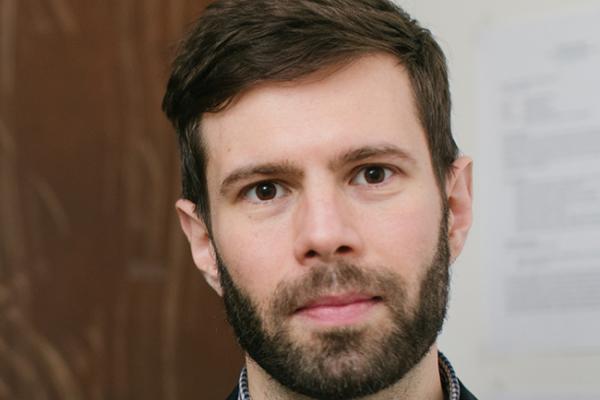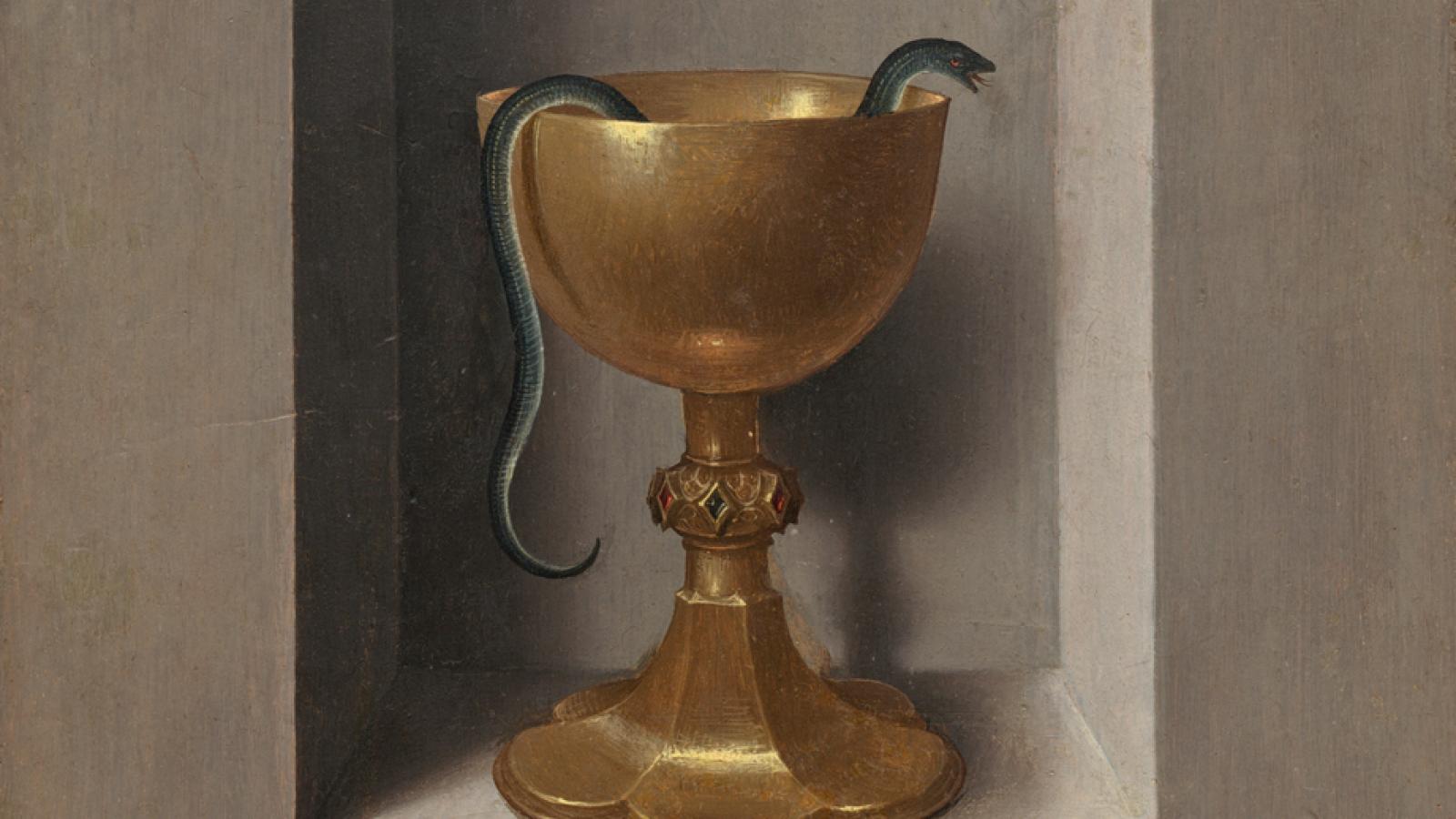
Gold's Instabilities: Controlling Radiance in Medieval Art
Gold has long served as one of the art historical hallmarks of the medieval aesthetic, prized by medievals and moderns alike for its preciousness, its durability, and its radiance. However, as with any material, variations and varieties occur, and it is perhaps best to speak of a spectrum of “golds” in medieval art, as opposed to the rhetorically monolithic substance. Instead of seeing gold as stable, one might see it as unstable, performative, and even volatile. Furthermore, not only were medieval artists and audiences attuned to the instabilities of gold, but medieval art, in all its media, skillfully harnessed and exploited gold’s variability. This lecture offers remarks on how we as art historians might best break open the category of “gold” in medieval art, especially in metalworking but also across other media traditions, while demonstrating how medieval artists themselves were already quite practiced in doing so.
Joseph Salvatore Ackley, Assistant Professor of Art History and Medieval Studies, Wesleyan University
Joseph Salvatore Ackley’s scholarship focuses on medieval metal-work, as well as what might be called the “radiant aesthetic” across different media traditions of the European Middle Ages, including book painting, panel painting, and polychrome wood sculpture. Ackley is currently at work on a monograph, Medieval Gold: The Radiant Medium, c. 800-1450, which argues for the centrality of metalwork, and the gloriously multimedia aesthetic overall, to medieval art. He is co-editing the forthcoming volume Illuminating Metalwork: Metal, Object, and Image in Medieval Manuscripts, and his additional re-search interests include late medieval winged altarpieces, questions of material identity, and the historiography of the so-called “decorative arts.” Ackley’s research has been supported by the International Center of Medieval Art, the Kress Foundation, the Deutscher Akademischer Austausch Dienst (DAAD), and the Stiftung Preußischer Kulturbesitz (Kunstgewerbemuseum), among other organizations.

